Why Is The Pygmy Three-Toed Sloth Endangered?
The pygmy three-toed sloth, scientifically known as Bradypus pygmaeus, is one of the world's most endangered species, listed as 'critically endangered' on the IUCN Red List. So, why is the pygmy three-toed sloth endangered? Find out the numerous threats facing this species below.
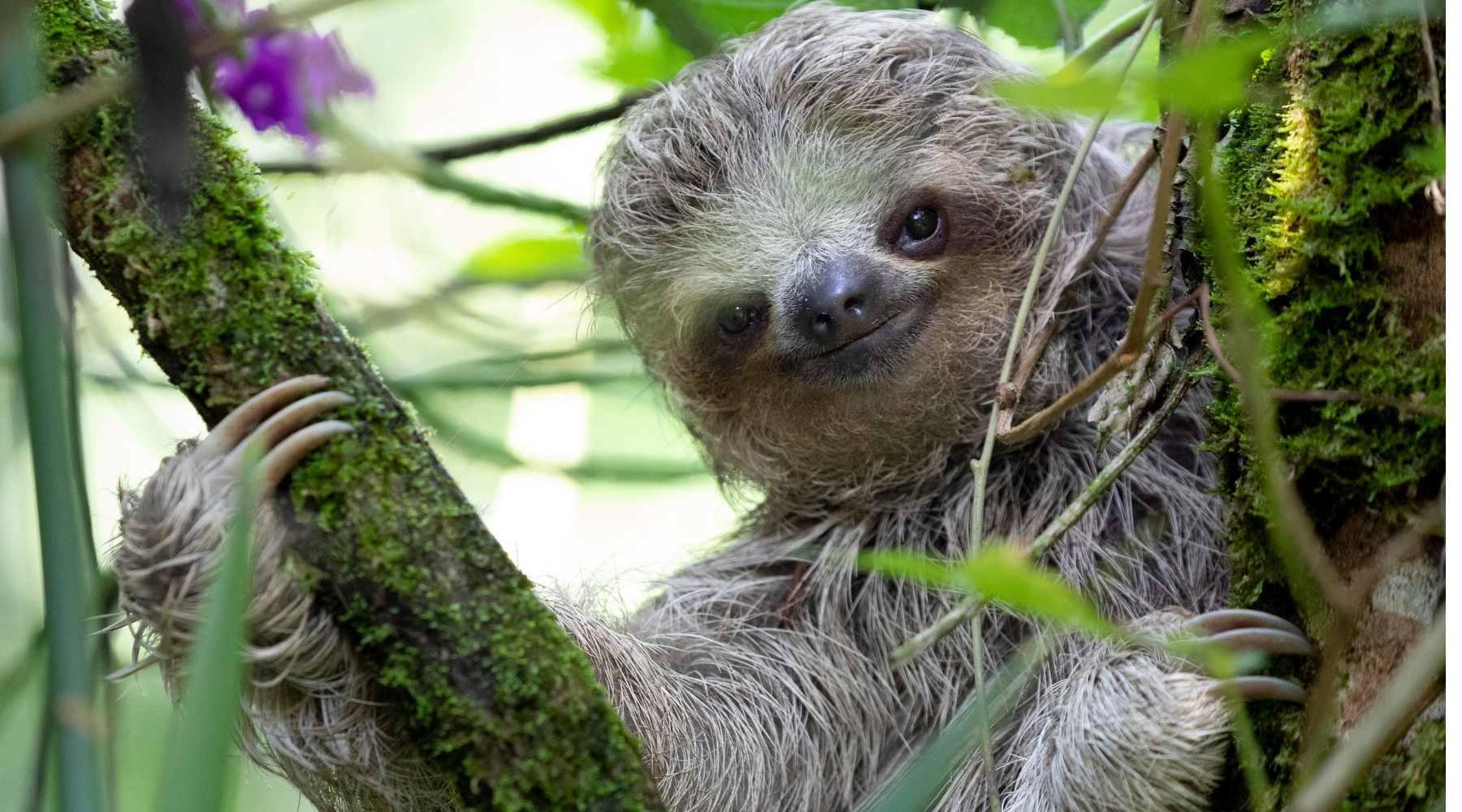
How Many Pygmy Three-Toed Sloths Are Left?
It's not known exactly how many pygmy three-toed sloths are left in the wild, although previous studies have suggested there might be less than 100.
There hasn't been much research carried out on these sloths previously, mainly because the remote island they live on is difficult to get to.
Why the Pygmy Three-Toed Sloth is Endangered
Endemic to a small area on Isla Escudo de Veraguas off the coast of Panama, this unique sloth species faces numerous threats to its survival:
Habitat Loss
One of the primary reasons for the pygmy three-toed sloth's endangered status is habitat loss.
Isla Escudo de Veraguas is a small island with limited space for sloths to live. Fishermen are visiting the island and chopping down trees to use for campfires, and this deforestation has significantly reduced the sloth's natural habitat.
There's a concern that they primarily feed on mangrove leaves, and logging is causing a big reduction in the amount of mangrove trees available.
An increase in tourist visitors to the island also has an impact on the delicate ecosystem the sloths rely on.
Illegal Poaching
Illegal poaching is another threat to the pygmy three-toed sloth population.
These sloths have been captured and transported off the island for the exotic pet trade, which has led to a decline in their numbers. As sloths move so slowly, it's easy for them to be captured by humans.
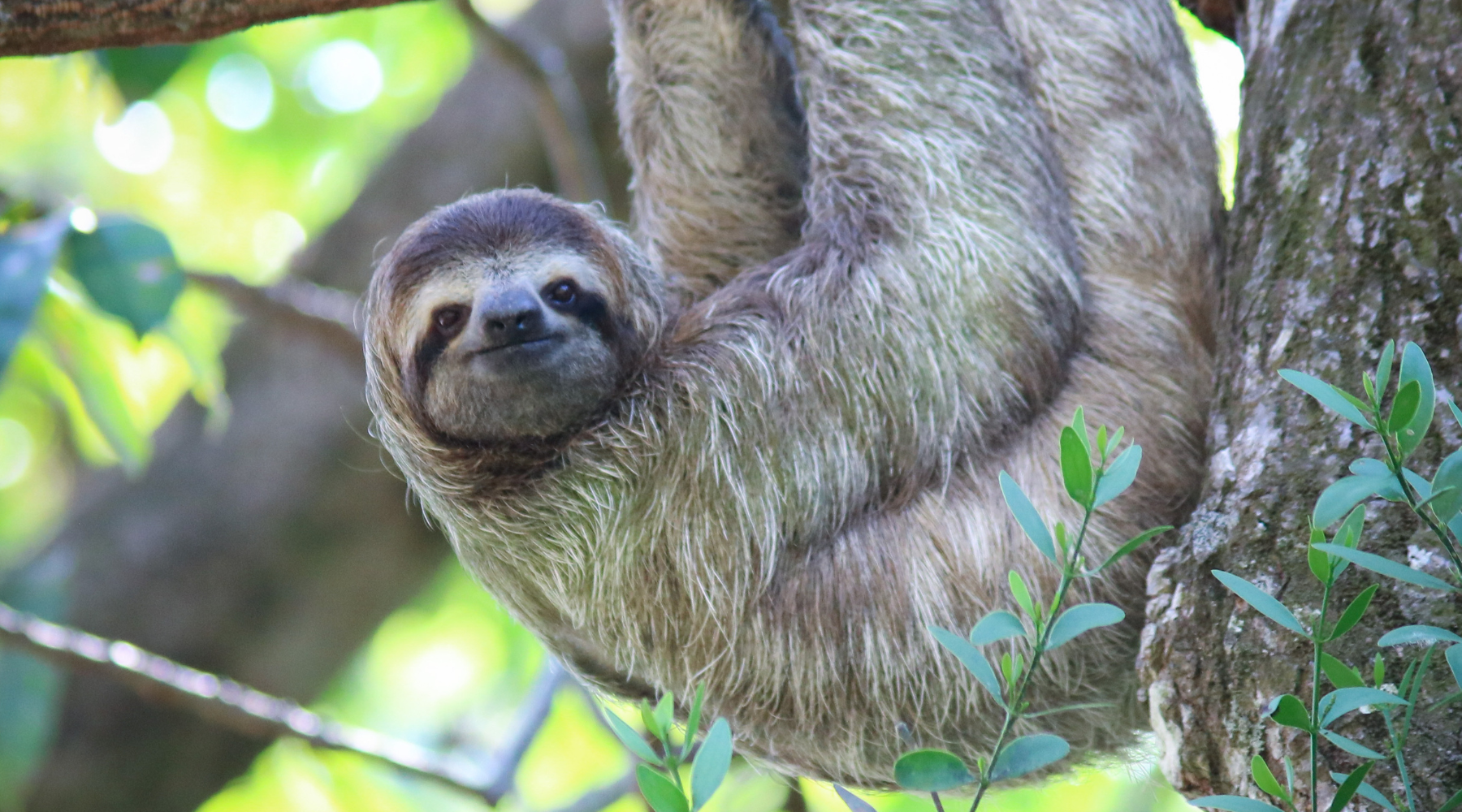
Hunting by Fishermen
Fisherman visiting the island have also been known to capture the sloths to eat, reducing their numbers even further.
Slow Reproduction
Very little is known about pygmy three-toed sloth reproduction, but it's believed three-toed sloths have a gestation period of approximately 6 months, with the sloth giving birth to just 1 baby.
This slow rate of reproduction means that even minor population losses can have a significant impact on the species' overall numbers and makes it challenging for them to recover from population declines.
Vulnerability to Climate Change
Climate change poses a growing threat to the pygmy three-toed sloth. Rising sea levels and changing weather patterns can lead to increased erosion of Isla Escudo de Veraguas' coastline, destroying vital sloth habitat and affecting the sloth's food supply.
These climate-related stressors further compound the challenges faced by this endangered species.
Predators
Predators also pose a threat for the pygmy three-toed sloth. The island's limited range means that the sloths have few places to hide from potential predators. Whilst there aren't many documented instances of predation on these sloths, the presence of feral cats raises concerns.
Limited Range
The pygmy three-toed sloth is endemic to Isla Escudo de Veraguas, which means it's found nowhere else in the world. This limited range makes the species especially vulnerable to extinction because any catastrophic event or disease outbreak on the island could have devastating consequences for the entire population.
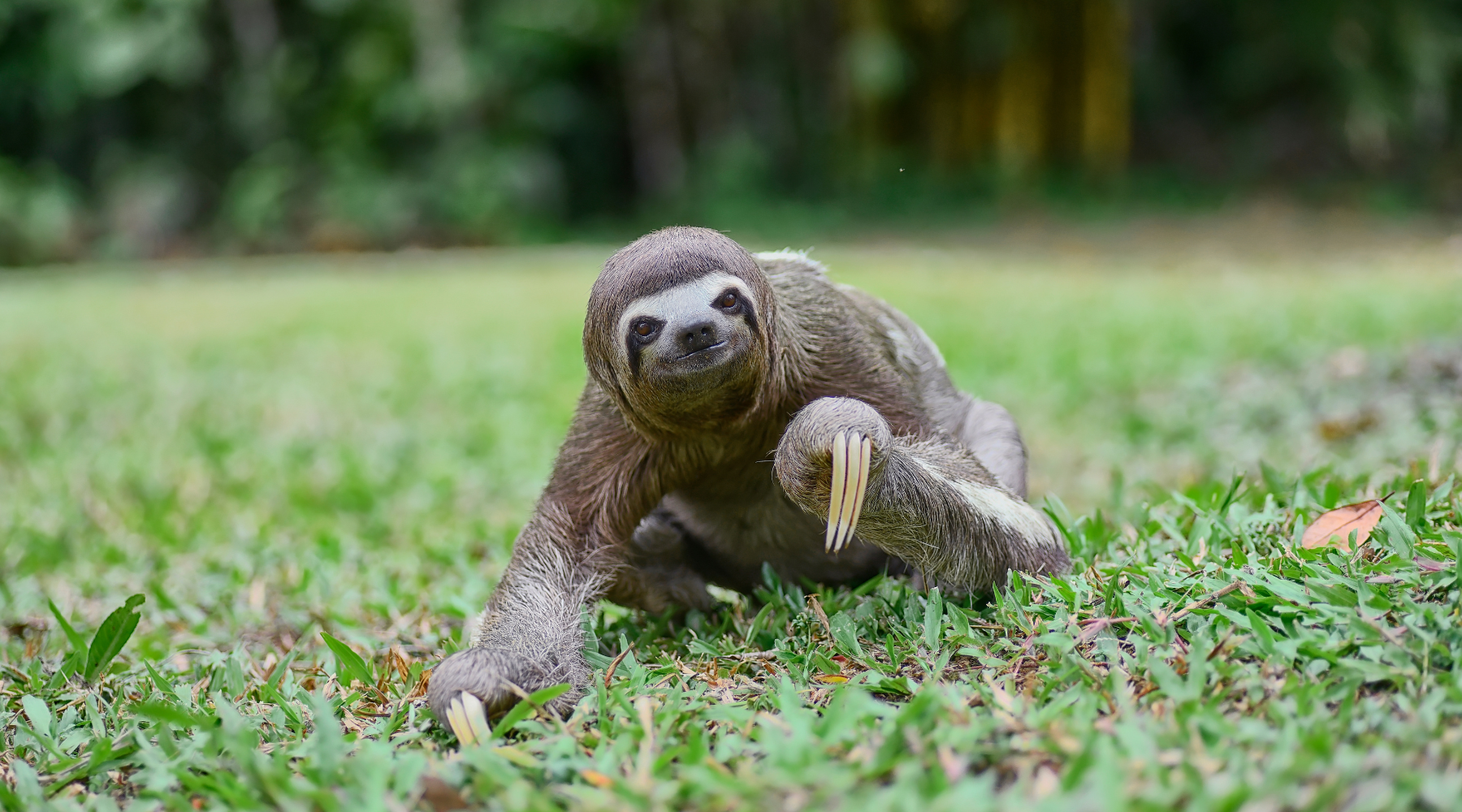
Conservation Efforts
Efforts are underway to protect the pygmy three-toed sloth and prevent extinction. Conservation organizations, governmental agencies, and local communities are collaborating to address the various threats facing the species.
Although the Isla Escudo de Veraguas is a protected area, the natural resources found there can still legally be utilised by the local communities. This makes raising awareness of the plight of the sloths to local communities particularly important.
Zoological Society of London (ZSL) is currently working on a pygmy three-toed sloth conservation project to research and support this species. Their work includes:
- Fitting radio collars and GPS backpacks to the sloths to find out more about the sloths, including their habitat needs.
- Carrying out a study to identify what trees the sloths need for food and shelter.
- Hosting workshops with local fishermen, divers, and tour operators to discuss sustainable use of the island's resources by local communities and explore solutions.
- Holding environmental education activity days with local schools.
The pygmy three-toed sloth is endangered because of a combination of factors, including habitat loss, illegal poaching, and hunting. Conservation efforts are crucial to ensuring the survival of this unique sloth species. Show your support for these remarkable creatures with our pygmy three-toed sloth apparel, and we'll plant trees + donate to environmental nonprofits for each order placed.

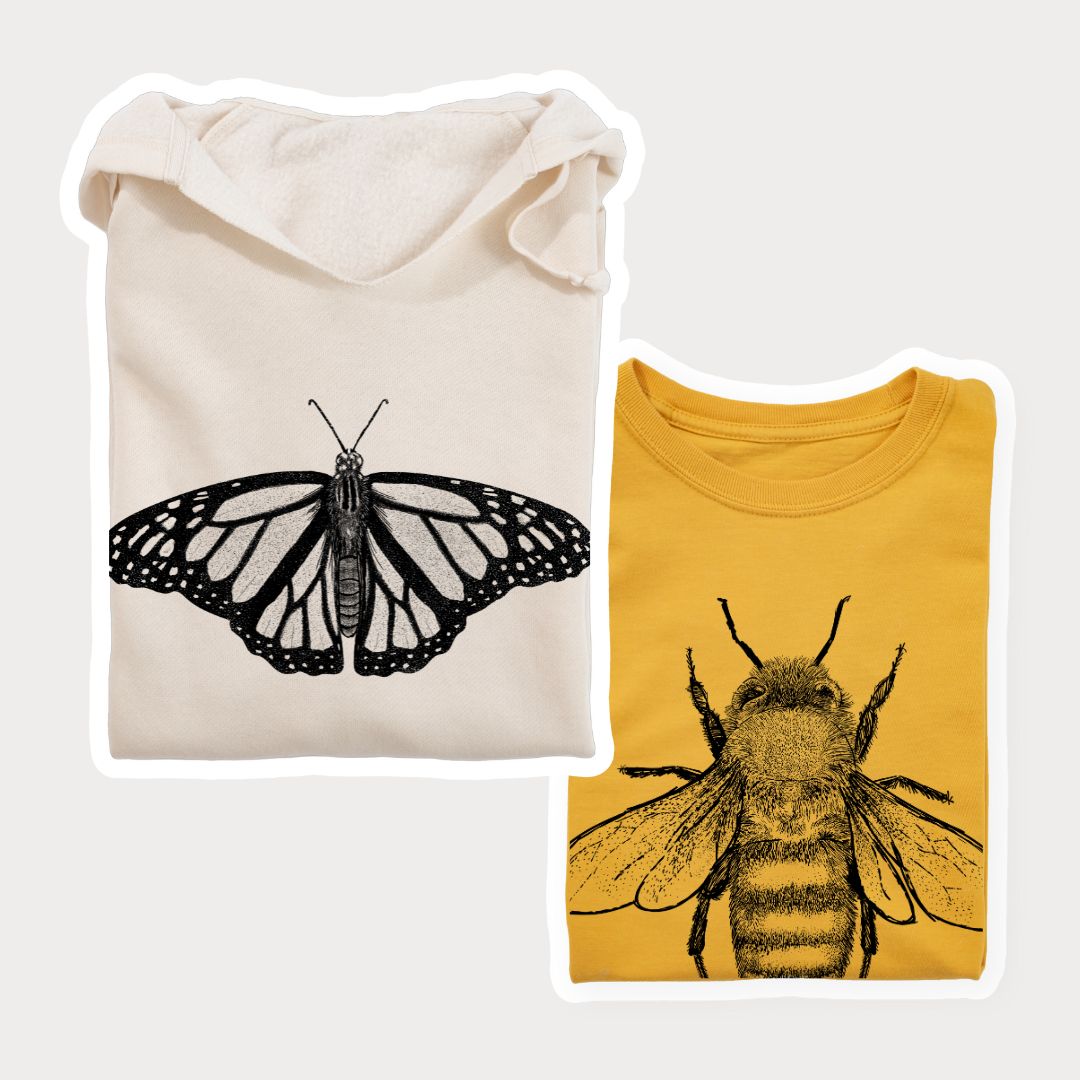









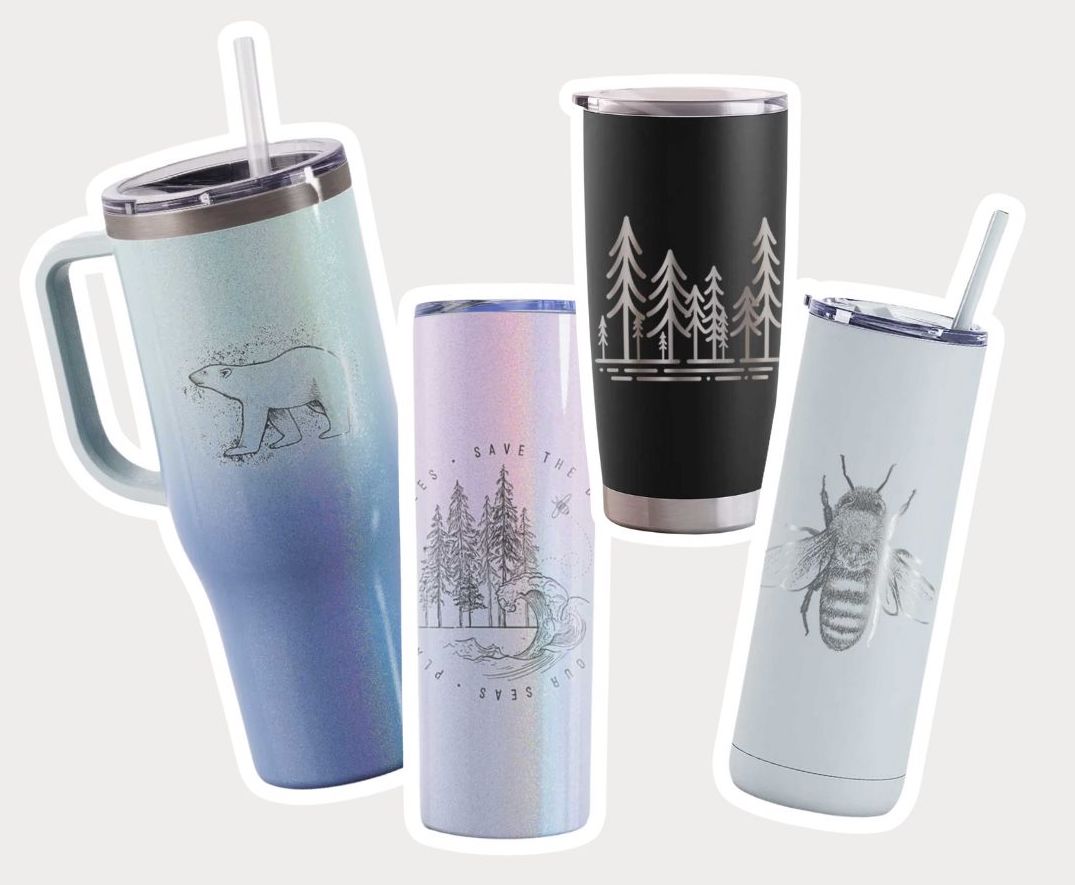
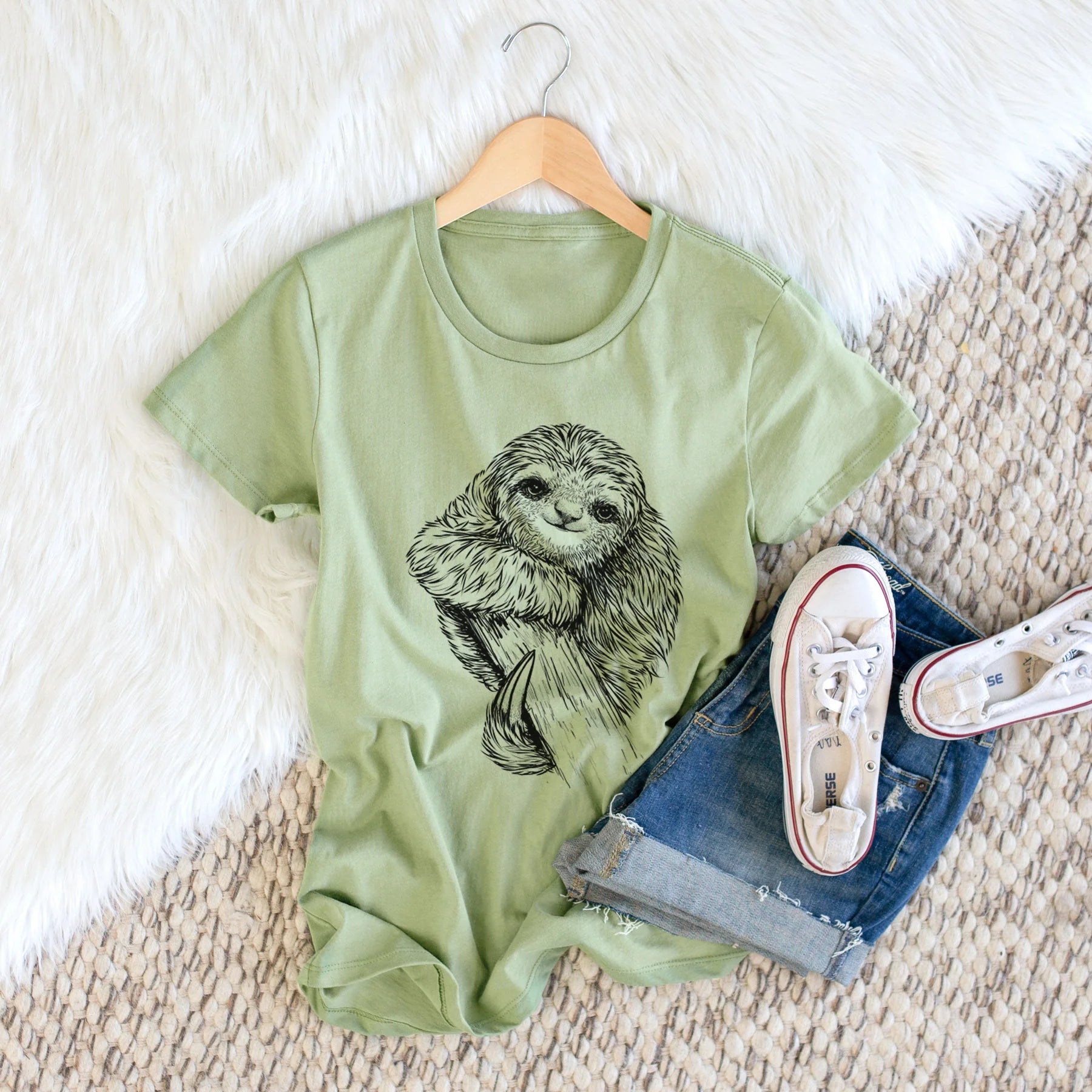



Leave a comment (all fields required)